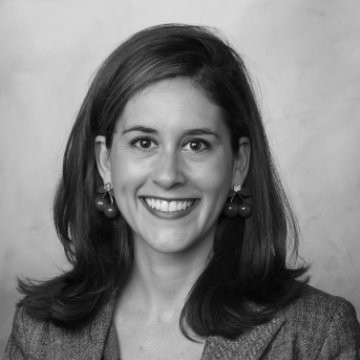InveStar Interview Questionnaire
Ms. Celena Aponte
VP Strategy & Development, Nasdaq Entrepreneurial Center
Focus: Financial Literacy, Inclusion & Scaling Impact
Thank you for reading this post, don't forget to subscribe!
1.Background & Motivation:
How has your journey—from communications and design strategy to leading programs at Nasdaq—shaped your perspective on financial literacy and inclusion?
I have learned how to manage my money in a proactive way. When I first started my career, I was pretty reactive. The money in front of me was the money I had to spend. I never went into debt, but I also never saved with intention, thinking that saving would happen somehow magically in the future. Grad school really shifted that for me. I had loans all of a sudden. And I remember talking to an advisor at the time who said, take the corporate job, take the signing bonus, pay down your loans and think of this next two years as a post doc in corporate america. And I was so glad I took that advice. Two years later I was loan free and could take a pay cut for a job I really wanted to do. Talking to people, especially women, who had financial freedom, to help me set intentions on how I think about money, how I save money, and what goals I’m working towards has shaped my perspectives. Today, I think of financial literacy as freedom. The freedom to have my needs met, and helping me live my dream life.
2. Program Design Principles:
What are the most important elements in designing impactful financial literacy programs for underserved communities?
Understanding who your customers are. What are their unique pain points and challenges? What is ultimate success, their dreams for their lives. Mapping out the different customer segments, doing interviews in the community, being in their community and really understanding their fears, motivations, blocks and opportunities. What are they saying? What are they not saying? Then identifying based on how they are defining success who/what/when/how are financial literacy interventions most meaningful? So much of money, finance is about mindset. How might financial literacy change mindsets that can lead to behavior change? Without the mindset change that comes from some kind of transformational experience, new perspectives, new habits, behavior change is hard.
3. Partnerships:
What do you look for in partners to advance financial education, and how can those partnerships remain sustainable?
I’m inspired by organizations who are deep in their communities creating opportunities, exposure, experiences for their customers around financial education. Financial Joy School is an example. I think also partners who are thinking about embedding their education in traditional but also non traditional settings is also interesting. Activating churches, elders in the community as mentors, teaching to kids very young, and so many more exciting examples.
4. Engaging Learning Experiences:
Based on your teaching and program work, what makes financial education engaging, practical, and actionable?
I believe education sticks when people can see how learning connects to their lives right now—and to their biggest dreams. Financial education is especially powerful because it meets people where they are, without judgment, and helps them envision where they want to go. From there, it can offer practical strategies, daily habits, and clear pathways to help them reach their goals.
5. Scaling with Impact:
How can platforms like InveStar scale rapidly while still delivering customized support and community for learners?
Grow with your learners. Have them refer you out, be your biggest champions and ambassadors. Maybe even come back to teach.
6. AI & Innovation:
What advice would you give for integrating AI into financial literacy platforms in a way that is inclusive, ethical, and effective?
What does the AI need to do for the learner? How can it enhance their experience and drive better outcomes? It’s about that – the change for the individual learner in my mind. And AI is not a solution, but a tool to do that. Maybe it’s front facing, maybe it’s back end for the teachers and your learners don’t even know you’re using AI. How do you build trust with your learners? By giving them the most incredible learning experience designed for their human experience.
7. Reaching Youth & the Unbanked :
What proven strategies best reach young people and unbanked populations, and how do you measure real impact?
We’ve found inspiration. Stories of people with similar backgrounds, from similar communities who have achieved success. Other peers, slightly further ahead in their learning journeys. But in our education design, it’s always come back to people. The people who have beat the odds to achieve their dreams, coming back to teach and inspire the next generation.
8. Investing strategies:
What are the best practical long term wealth building strategies in your experience?
Clear all debt.
Save, consistently. Make choices to save so that you have a nest egg. That includes taking advantage of 401K’s through your employers even though your pay check is smaller. And maybe even taking well paid jobs but keeping your side hustle alive, to pay off student loan debt. There are seasons for everything and if you’re able to prioritize saving then it’s amazing how quickly your money compounds. And you’ll suddenly have a nest egg to buy a house, start that business, and travel for a year.
9. Future Vision:
Looking ahead, what do you see as the next frontier in democratizing financial literacy globally?
I believe money isn’t the problem. There is an abundance of money in the world. How are we empowering, energizing every individual no matter their background or circumstances to live their best, dream life. I’m inspired by you all – and the incredible team at InveStar to build and share this new frontier!

